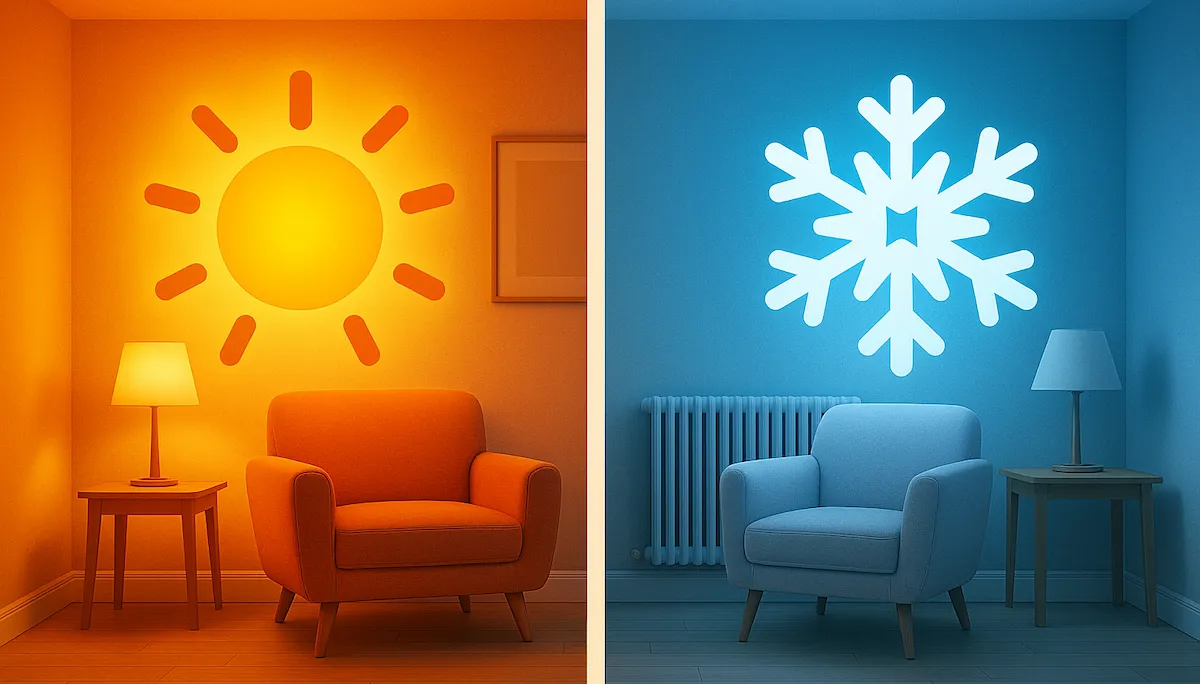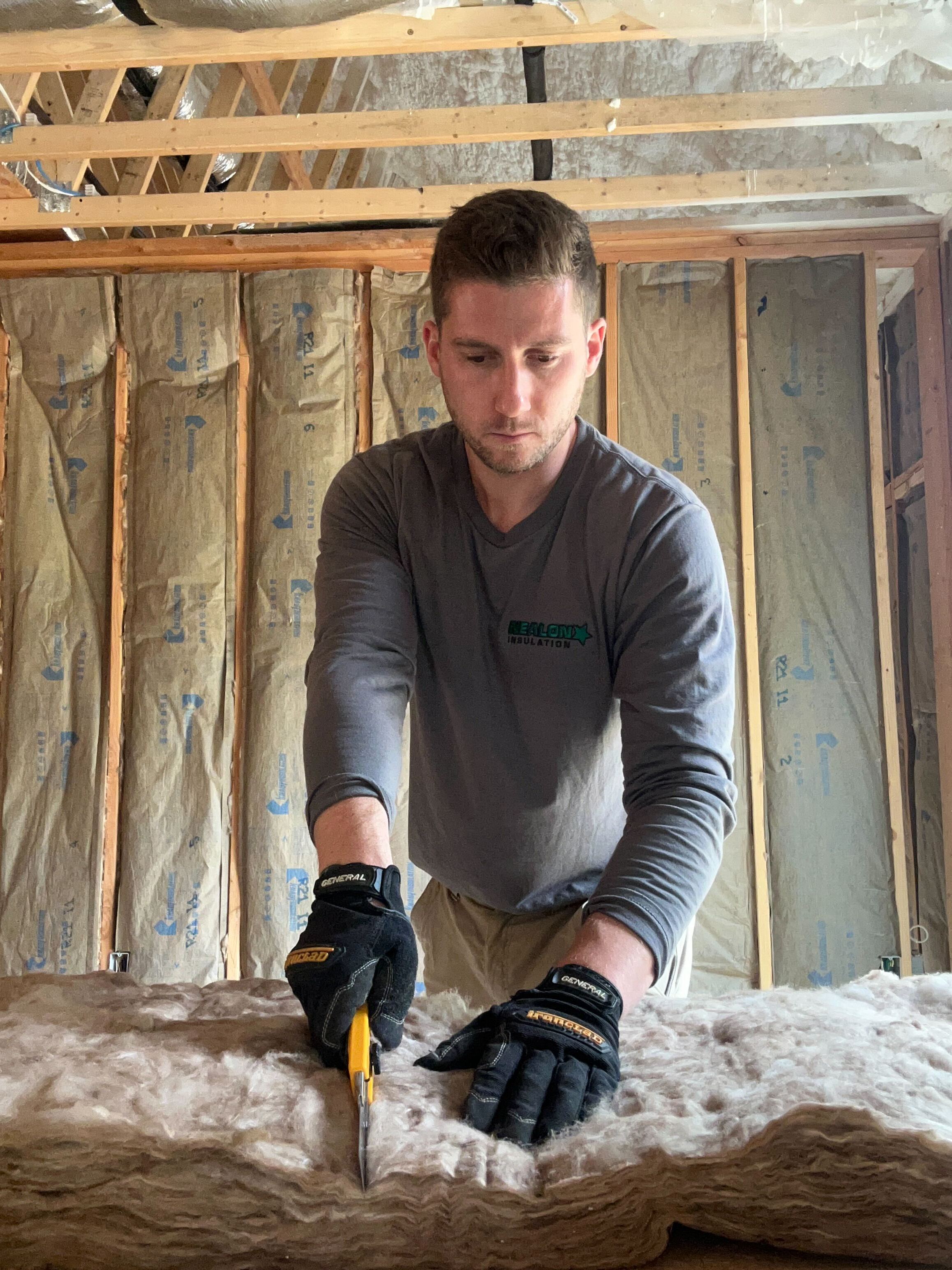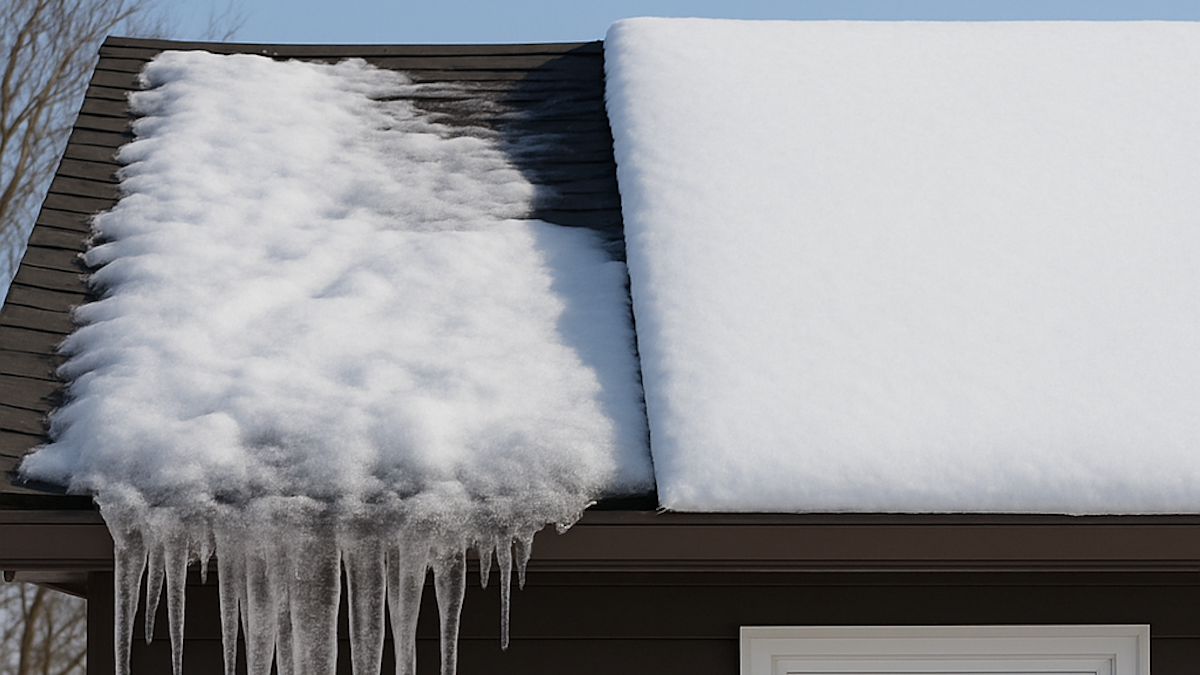Why Are the Rooms in My House Such Different Temperatures?

Ever walk from your living room into your bedroom and feel like you just changed zip codes? One room’s sweating like a sauna, the next one’s an icebox. If your house plays temperature roulette, you’re not alone—and you’re definitely not imagining it.
Let’s break down why this happens, and what you can actually do about it.
1. Your Insulation Might Be... Sad
This is the big one, folks. Inconsistent or missing insulation is often the root of the problem.
Older homes (especially anything built before the late '70s) usually have little to no insulation in walls, attics, or crawlspaces. Or, it’s been chewed up by time, mice, or moisture. When insulation’s spotty or thin, rooms lose heat (or gain it) at different rates, depending on their exposure to sun, wind, or shade. Understanding R-Values is important.
What to do about it:
Get an insulation assessment. A pro (👋 hi, that’s us) can check your attic, walls, and floors for weak spots and recommend a proper fix—often cellulose or spray foam in strategic places will even things out fast.
2. Your Ductwork’s Slacking Off
If you’ve got forced-air heating or cooling, the ductwork behind the scenes might be to blame. Leaky or poorly routed ducts can deliver all the warm air to the living room and leave your upstairs office out in the cold.
What to do about it:
Have your ducts inspected for leaks, gaps, or poor design. Sealing and balancing your system can restore harmony between floors.
3. Drafts Are Sneaking In
That room with the bay window that never feels quite right? Yeah, windows and doors are classic culprits for temperature swings. Cold air slips in around gaps, warm air slips out—repeat daily.
What to do about it:
Air sealing. It’s not glamorous, but it’s one of the best bang-for-your-buck improvements. Sealing up those tiny cracks and crevices with the right materials stops drafts cold and keeps temps consistent.
4. Your HVAC System Might Be Undersized (or Just Confused)
If your heating or cooling system wasn’t sized right—or if it doesn’t circulate air evenly across zones—then it’s no wonder some rooms feel like deserts and others like deep space.
What to do about it:
Get your system checked by an HVAC pro. Sometimes the solution is as simple as adjusting dampers or installing a zoned system.
5. Sunlight, Shade, and Room Placement
South-facing rooms soak up more sun. Top-floor bedrooms trap rising heat. Basements stay naturally cooler. The layout and orientation of your home can create natural temperature swings. Understand how heat transfer works can also be part of the explanation.
What to do about it:
Insulation helps even these out too, along with proper window treatments or zoned HVAC adjustments.
Bottom Line: Comfort Isn’t a Mystery—It’s a System
When your house feels like it has different climates in every room, it’s not just annoying—it’s costing you money. Uneven temperatures = energy waste, higher bills, and more wear on your heating and cooling system.
Most fixes boil down to a few essentials:
✅ Better insulation
✅ Proper air sealing
✅ HVAC tuning or upgrades
The good news? These problems are totally solvable. And you don’t have to guess what’s wrong—we’ll figure it out for you.
Related Articles
Let's Work Together
Ready to transform your home into an energy-efficient haven? Schedule your free energy assessment today and experience the Nealon difference for yourself.



